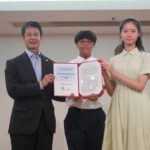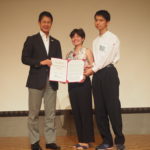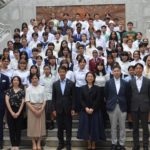Documentaries Made Into Teaching Materials for Elementary, Junior High, and High Schools Throughout Japan; Spreading the Tale of Hiroshima and Inspiring Activities for Peace
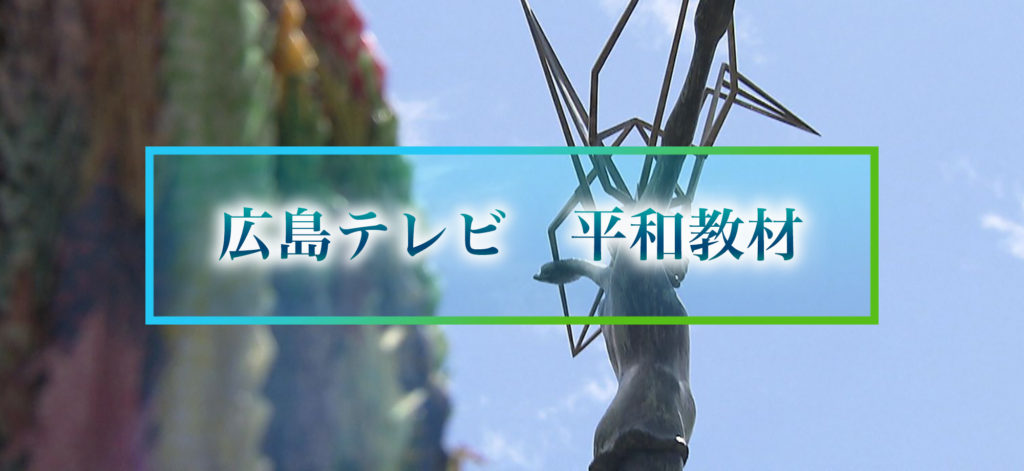
Hiroshima Television Corporation (HTC) is a TV station in the atomic-bombed city of Hiroshima. It spreads Hiroshima’s thoughts and feelings through its programs. HTC created “Hiroshima TV Peace Teaching Materials,” a set of videos, study guides, and other teaching materials, aiming to have schools utilize its TV programs in education. The videos and instructional guidelines are available on HTC’s website and are ready for use in elementary, junior high, and high schools throughout Japan.
Let us hear more from Kodama Katsushi, one of the project’s initiators, the deputy director of HTC’s General Affairs Bureau, and a former announcer of the station’s news programs.

Kodama Katsushi, the one who started the project and made the programs into teaching materials
Hiroshima Television Corporation (HTC) opened in 1962 as a media outlet in Hiroshima. Since then, it has covered Hiroshima’s story after the atomic bombing and how Japan dealt with it, compiling them into TV programs. Over the past 60 years, HTC has produced over 200 documentaries on war and peace. However, these programs are basically available only once, with most remaining untouched in the library after airing. We put great effort into these materials and wanted them to benefit young people. So, we consulted with educators. We initially believed it would be difficult for the private sector to get involved in a public project such as education. However, we managed to obtain the cooperation of the Hiroshima City Board of Education and decided to proceed with the project as part of our station’s 60th anniversary.
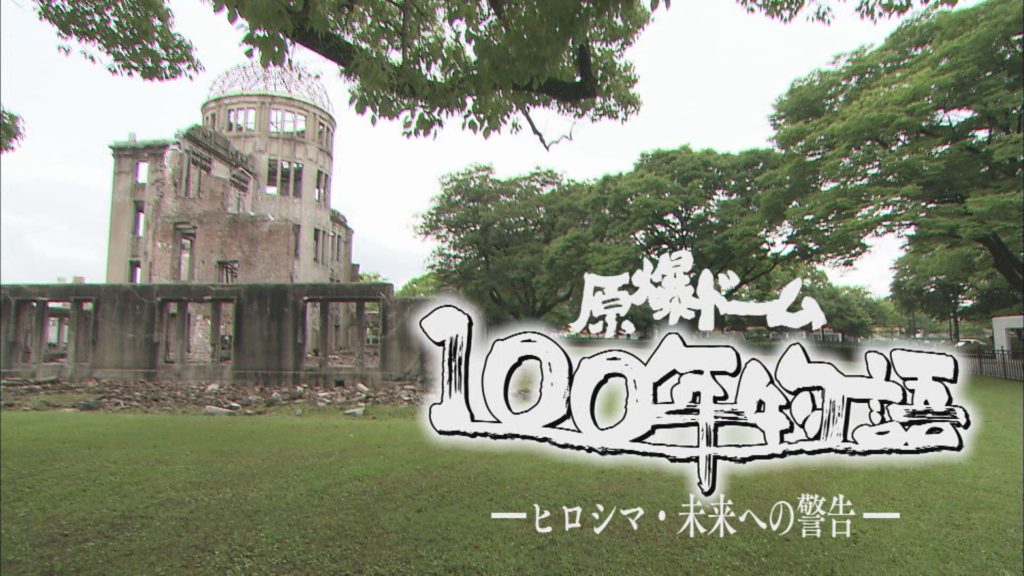

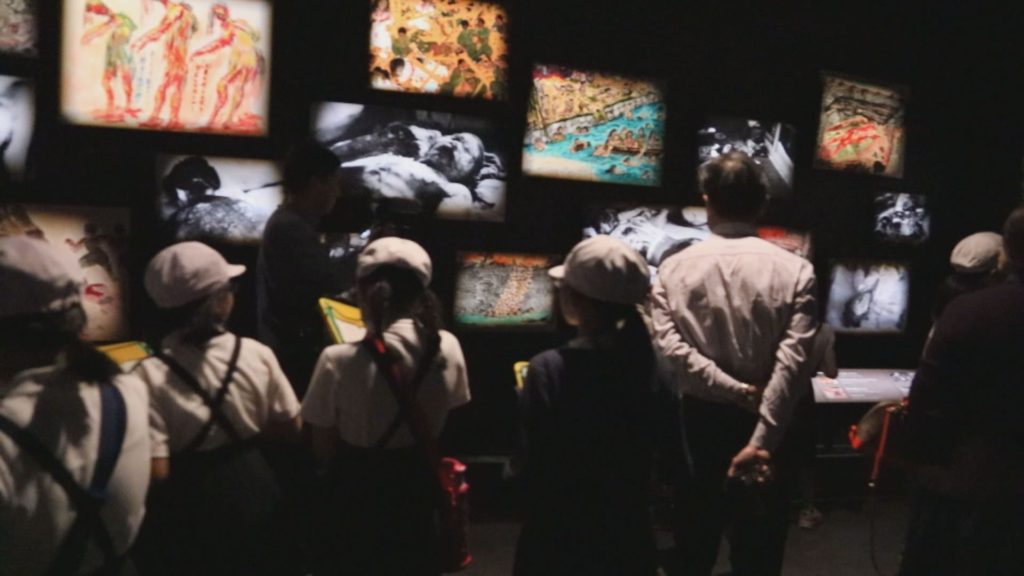
Scenes from some of the documentaries the teaching materials were based on
The first task for our production team was to search through over 200 documentaries for programs with their image quality intact and whose portrait rights and other rights we could process. Then, with the cooperation of the Hiroshima City Board of Education, we selected and re-edited ten topics appropriate as peace teaching materials for each grade level, from third-grade elementary to third-grade high school. We originally designed the programs for an adult audience, but the Hiroshima City Board of Education suggested making them understandable for children. We also made a study plan and worksheets as guidelines for how to proceed with classes and made them available on the Hiroshima TV website in June 2022. Those who pre-register as a school board or school corporation unit can get their IDs and passwords issued and use the site.
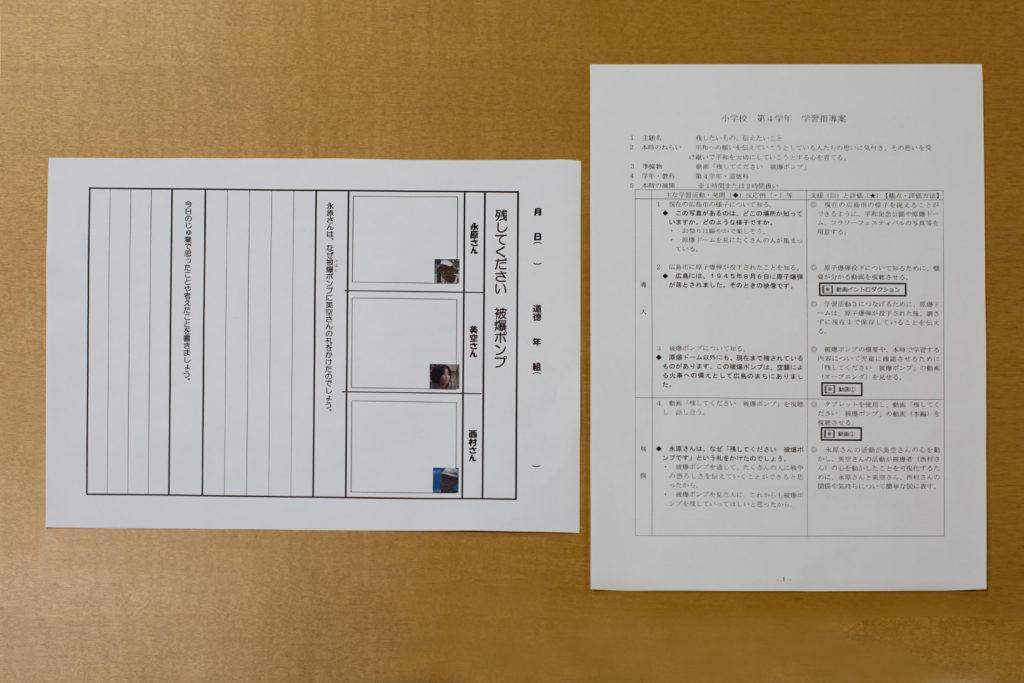
Worksheets and study plans
To make the teaching materials more accessible, the Hiroshima Prefectural Board of Education first spread the word to the boards of education of 23 cities and towns in the prefecture, then throughout the rest of Japan in a similar manner. There are currently ten prefectures and over 100 municipalities registered.
We released an English version in January 2023, bringing Hiroshima’s message to the rest of the world. Since school systems in other countries vary, we re-edited one documentary into a simple 15-minute video and released it with English narration and examples of class implementations.

English information page
Our project has seen actual use in schools within the prefecture, earning praise because of the strong impression its authenticity brings, the quality of the information seen and learned due to the nature of its coverage, and that it is easy to understand due to its video format. We have also received feedback from schools outside the prefecture that planned on coming to Hiroshima for peace studies but had to cancel due to the COVID-19 pandemic. They said our project allowed them to learn about the thoughts and feelings of the atomic bomb victims and the present peace activities in Hiroshima. Some teachers also told us the video materials and teaching plans acted as a good starting point and made it easy for them to cover the subject in their classes. I’m glad we were able to disseminate this information throughout Japan.

Screenshot of Nokoshite Kudasai Hibaku Pump (Please Preserve Me — A-Bomb Pump), a teaching material for 4th-graders
Among the teaching materials, I was particularly impressed with Nokoshite Kudasai Hibaku Pump (Please Preserve Me — A-Bomb Pump), which was for fourth-graders. Our station broadcasted the original video on WATCH, a monthly Saturday late-night program. It is about a grade school girl who becomes interested in an A-bomb pump in the city, investigates its origins, and ultimately compiles her findings into a picture book.
Even now, 77 years after the atomic bombing, a walk through Hiroshima’s streets reveals that some form of the tragedy remains. This teaching material aims to spread awareness of our wish for peace, nurturing hearts willing to carry on that desire and cherish peace.
We hope these peace materials encourage more people to visit Hiroshima, meet the people featured in the materials, hear the voices of A-bomb survivors, or visit Hiroshima Peace Memorial Museum, seeing the featured content with their own eyes. We want them to go beyond just knowing what happened in Hiroshima and also tell others about it and think about what we can do to prevent the tragedy of Hiroshima from happening again in our society and world. I also hope it will spur its viewers to take a step into creating such a world.
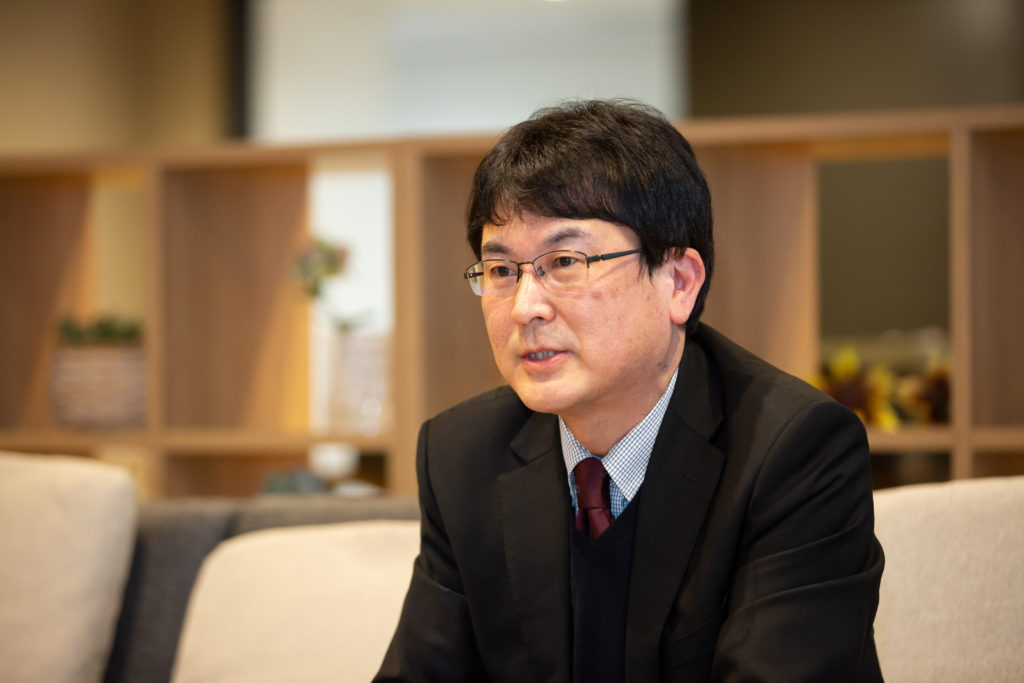
Hiroshima Television Corporation
3-5-4 Futabanosato, Higashi Ward, Hiroshima City
Phone: 082-207-0404
Dedicated page for Hiroshima Television Peace Teaching Materials:
https://www.htv.jp/peacelearn/index.html
Tags associated with this article



